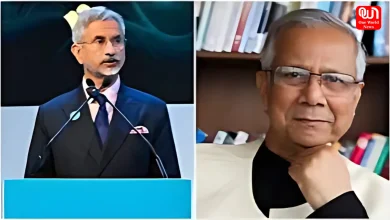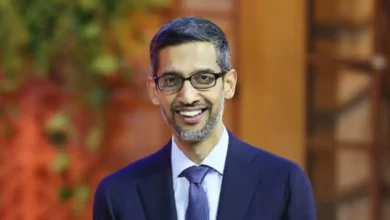Will loans on lower interest rate help to revive the Indian economy? Experts Advise inside

Young India sees its future – Unpredictable, government needs to act now
Indian economy which was already struggling got a major jolt when the pandemic arrived in the country. The whole country went into lockdown and we are still in the unlocking phase even after 4 months. Many people lost their jobs and business during the lockdown. Unemployment is still a big concern. For Young Indians, the situation has become uncertain.
Government is trying to put money into the hands of people so that they spend it and keep the economy of the country running. 20 lakh crore economic package to fight the economic crisis was announced. A major portion of this package can be availed by taking loans from the banks and other financial institutions. RBI announced in march that banks and financial institutions can offer a moratorium of three months on payment of instalments on all term loans. Later, the period was extended three more months that is till- August
Negative 6.4 GDP growth is expected for the FY 2020-21
We are already in August and there are no clear signs of a surge in the numbers of the economy. When the lockdown was imposed in India, the country had recorded its lowest GDP numbers in the last 11 years and the lowest nominal GDP growth rate in nearly 50 years. Recently, care ratings said that India’s GDP in the current financial year might drop to negative 6.4 per cent as the economic activity continues to be under restriction.
Even in the non-containment zones where restrictions are lifted, people are not getting out in the market to spend money because of two reasons. One is the insecurity of their finances and second is the contamination of the deadly virus. People fear that going outside will result in getting an infection.
Read more: Kozhikode’s plane crash: Understanding Why tabletop runway is a challenge for pilots?

The problem with cheap loans and moratorium
The cheap loan approach of RBI doesn’t help in raising the financial inclusion of migrant worker, MSMEs and self-employed people. Taking a loan is not going to help them as they are already in loss or have not paid their earlier loans. Now, taking another loan will increase their debt which does not seems feasible to many people. Unless there is the assurance that the new loan that they are going to take to restart their business can be paid later.
Suggestion
What needs to do is that people should be given direct cash so that they can spend it. Along with it, the government needs to take steps which can boost people with confidence that they can spend money. Even the Economic expert at India Today, Anshuman Tiwari also believes the same who has said numerous time during the interview with Lallantop that giving cheap loans won’t help Indian MSMEs as they are already in debt. They won’t take loans unless they get assurance from the government that they will be able to clear their debt in the future.
“Middle class is not spending money because they are not certain about their financial future. They want to save money. If the government wants them to spend money, they have to first assure the people about financial stability in future.” Further, he adds “India’s economy is driven by internal consumption so if people won’t buy things, it won’t increase demand and low demand will affect the manufacturers ultimately affecting the overall economy.”
Job loss has enlarged the problem!
Coronavirus lockdown has resulted in job loss for around 2.7 crore youth between the age of 20-30 years. Data from CMIE’s (Centre for Monitoring Indian Economy) Consumer Pyramids Household Survey revealed that people between 20-24 years of age accounted for about eight and a half per cent of the total employed people in India in 2019-20. But these youths accounted for eleven per cent of those who lost jobs. Around 3.42 crore of these young males and females were working in 2019-20. In the months of April 2020, their numbers were down to 2.09 crore. This means that 1.3 crore youngsters lost their jobs and the source of revenue. 1.4 crore jobs were lost in the people between 25-29 years of age. This age group can also be considered as a youth. The total job loss in the age-group of 20-29 totals at 2.7 crores.
The repercussion of this job loss amongst youth is that they have no earning source. They are not able to spend money which they used to before they were shown the exit door from their respective employers.
Have a news story, an interesting write-up or simply a suggestion? Write to us at info@oneworldnews.com







